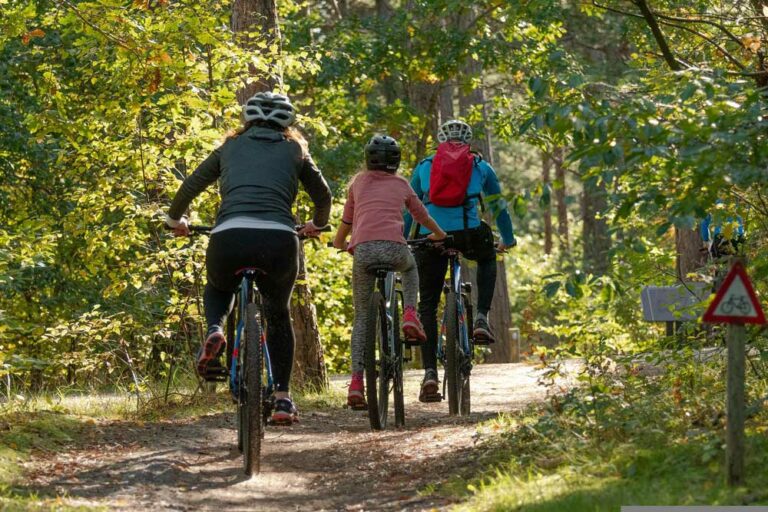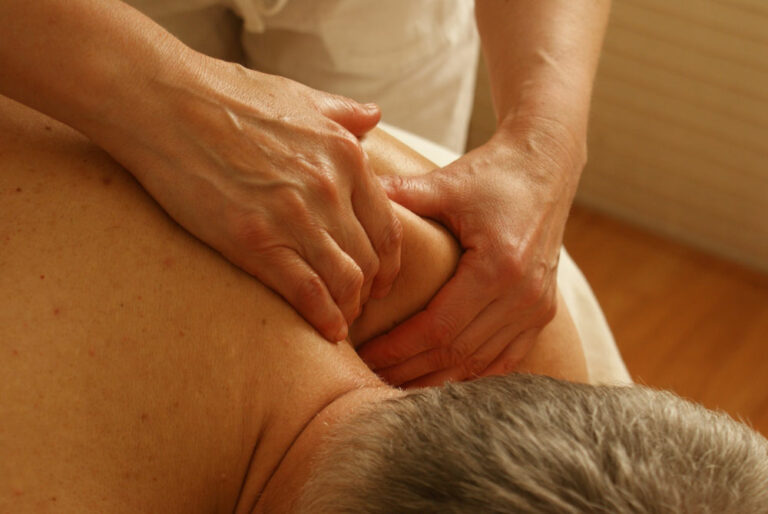What is trauma?
When our body experiences physical injury, our immune system responds immediately through the inflammatory process. This is when local blood vessels become enlarged, blood thickens, and certain chemicals and proteins are released in order to reduce blood loss, isolate the injury, remove bacteria, and provide structural strength to injured tissue. Redness and swelling are visibly noticeable; your muscles may also begin to cramp in order to protect the body, by reducing movement around the injured area.
As the inflammatory process subsides, a wound begins to form and scar tissue replaces the damaged muscles, skin and connective tissue at the site of injury. Three factors affect tissue repair; nutrition, blood circulation, and age. The third one is out of our control however we can take control of the other two factors to support the healing process.
Nutrition: The healing process demands nutrients such as proteins and vitamin C from the body’s reserves to support repair of damaged tissue and blood vessels. However, sometimes stress from dealing with trauma and injury may affect our mood and appetite. This is the most crucial time to maintain a regular intake of sufficient nutrients to make sure our body has what it needs to heal. You may wish to consult a nutritionist or naturopath to help with meal plans and nutrition information.
Focused breathing and movement both encourage blood circulation. If you have diabetes, respiratory illnesses, kidney or heart conditions, consult your doctor before undertaking any significant changes in your breathing pattern. What you can do at the very least is spend a few minutes simply becoming aware of your breathing and consciously focusing on each inhale and exhale: no need to change it, simply observe and be aware. Breathing supports the healing process by cycling oxygen into blood while pumping out ‘stale’ air.
Active movement after injury – lowering, raising, bending limbs, or turning the head and neck – brings fresh blood and nutrients to injured areas, and removes debris and bacteria. Again, consult your doctor to determine how much movement is safe to avoid re-injury and potentially prolong the healing process. Passive movement (done with assistance from someone else) and massage encourage blood circulation, and can be provided by a Registered Massage Therapist (RMT), who can work with your doctor and other health professionals to implement a personal recovery plan.



